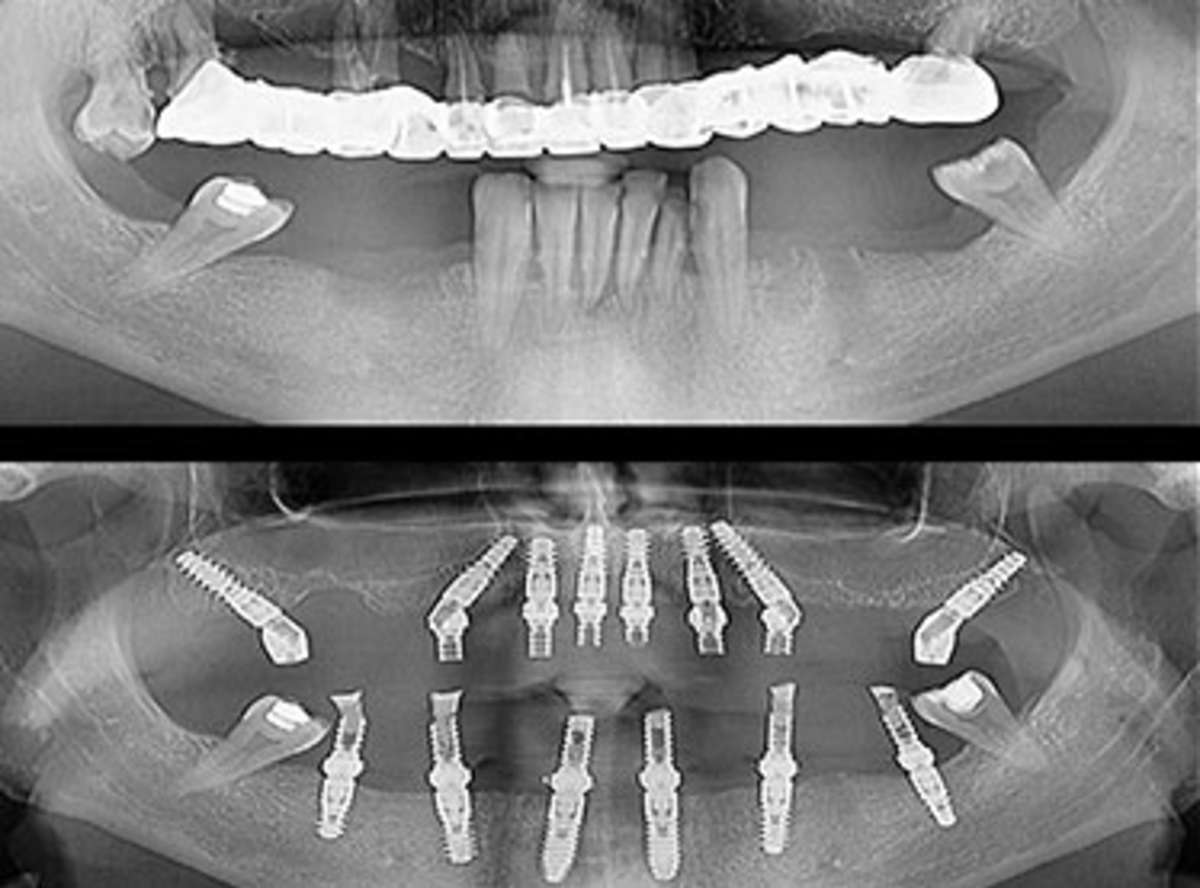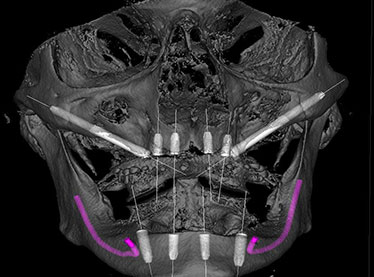Dental implants are the preferred choice of treatment of every dentist because of its predictable results. Various researches have lead to the introduction of many advanced techniques to improve the prognosis of the implant treatment and make it a long term success. Variation in implant designs has also been seen owing to the wide application of the treatment.

Zygomatic implants are the longest implants designed for use in cases where the anterior part of the maxilla is severely resorbed. Due to the unavailability of the bone in the front region the support for prosthesis is taken from the implant placed in the zygomatic bone. The implants may be loaded immediately or in the second stage of the classical two-stage loading protocol. The patients who have already undergone a sinus lift procedure which has failed are indicated cases for the zygomatic implants.
Zygomatic implants are indicated in the severely resorbed maxilla or partially edentulous situations. They are also the treatment of choice in patients who do not want to undergo an additional sinus augmentation surgery. The patients where previous conventional implants, grafting procedure and sinus augmentation procedure have failed are indicated for zygomatic implants. Rehabilitation cases after tumor removal or trauma also include this as a part of the treatment modality.
The zygomatic implants can be used in conjugation with anterior endosseous implants. The number of implants depends on the amount of bone resorption existing. 2 more quad zygoma implants may be placed in the case where anterior implants could not be placed.
The dentist needs to study the CBCT report to assess the anatomical structures surrounding the surgical site. In the conventional technique, the zygomatic implants are inserted through the alveolar bone and maxillary sinus into the zygomatic bone for support. A lateral access is made to the maxillary sinus to gain visual access to the lateral posterior aspect where the implant needs to be placed. Careful elevation of the Schneiderian membrane is required to avoid any perforation.
To avoid the possible complications of sinus perforation, an extra sinus placement approach is taken. Here the implant is placed at the inner aspect of the sinus wall without perforation.
An infection of the sinus is the most common complication associated with zygomatic implants. Other possible complications include infraorbital nerve paresthesia, oro antral fistula, and orbit perforation. Fracture and bone necrosis is possible too if the implants are torqued over 45 N cm.
For the immediate loading implants, a primary stability and torque of 35-40 N cm is needed for all bone densities. The placement of zygomatic implants utilizes a completely different armamentarium and technique. The procedure involving close approximation with the maxillary sinus renders it extremely technique sensitive and skill-based surgery. The possible complications are really tough to manage as well. Therefore this treatment modality requires the precise treatment planning and immensely skilled implantologist to carry out the treatment avoiding all possible complications.